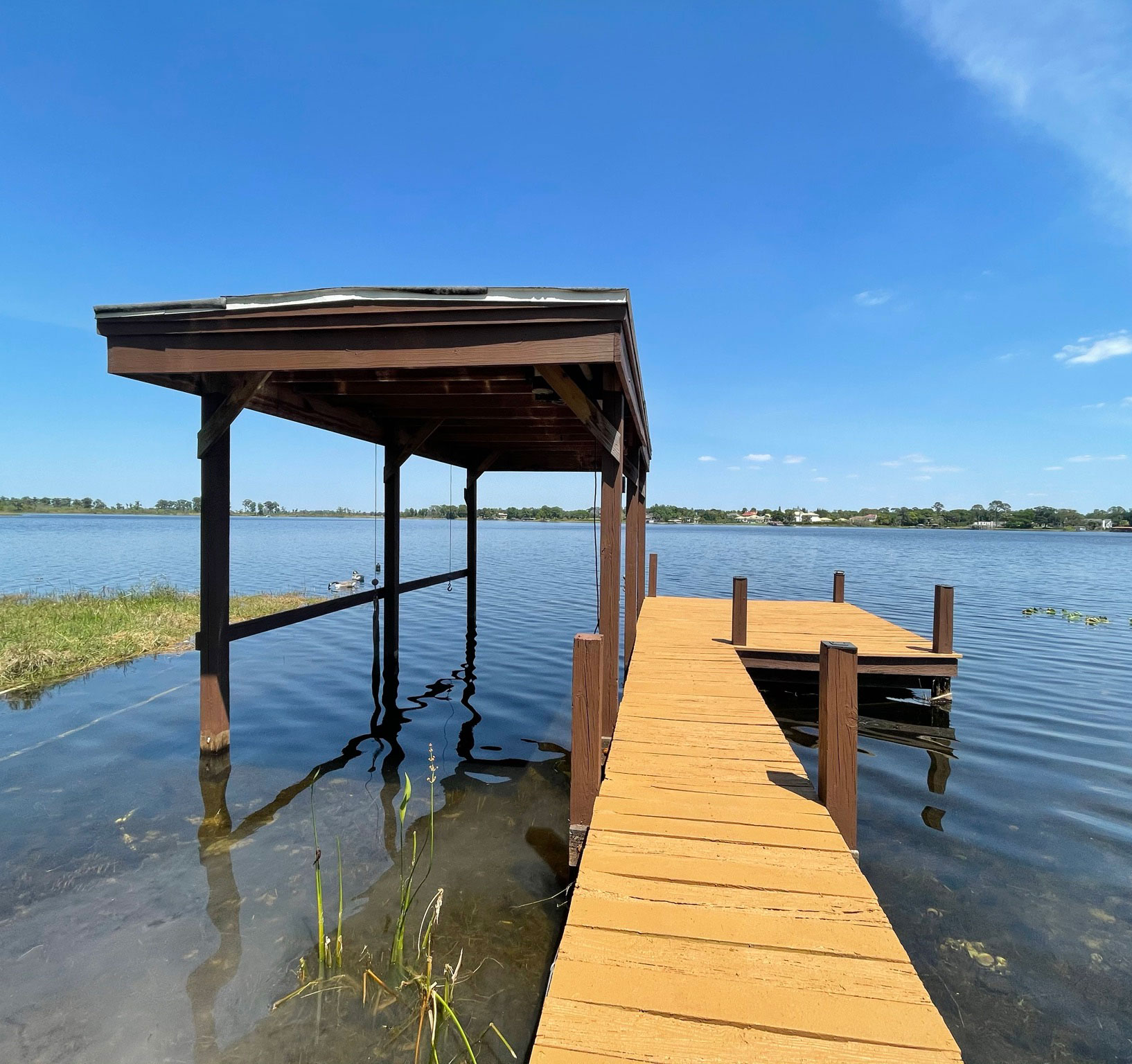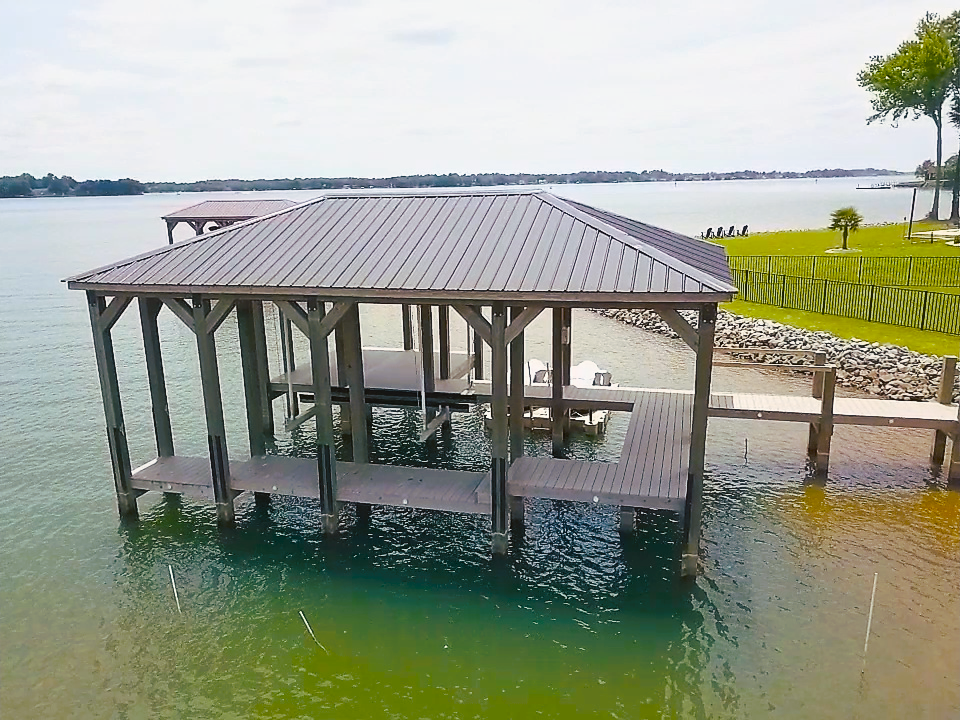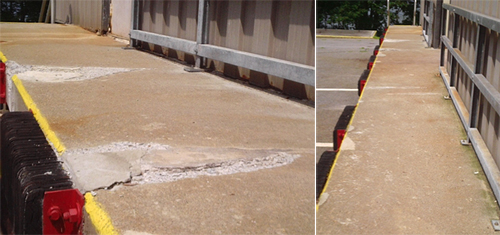DIY Tips for Simple Dock Repairs You Can Manage
DIY Tips for Simple Dock Repairs You Can Manage
Blog Article
Reliable Dock Repair Techniques: Making Certain Structural Integrity
Ensuring the architectural honesty of anchors through efficient fixing strategies is extremely important for the durability and safety of aquatic centers. This entails a multi-faceted technique beginning with extensive evaluations utilizing sophisticated modern technologies like sonar tools and remotely ran vehicles (ROVs) to discover both noticeable and hid problems. Subsequently, picking the best repair products, such as corrosion-resistant alloys and composite materials, is critical for toughness. Architectural support approaches, consisting of the execution of cross-bracing systems and load-distribution plates, play an important role in mitigating tension factors. The importance of these techniques ends up being evident when discovering advanced repair service approaches and preventative upkeep techniques.
Examining Dock Damage
Examining dock damage is an essential very first step in making certain the structural honesty and safety and security of any kind of docking center. This preliminary assessment includes a thorough examination to determine both concealed and visible damages. Key aspects to take a look at include the dock's foundation, pilings, outdoor decking, and equipment. Each element should be scrutinized for signs of wear, rot, deterioration, or various other types of destruction that could compromise the structural integrity.
Architectural engineers or qualified inspectors usually perform these analyses using specialized tools and techniques. As an example, undersea examinations could utilize sonar devices or from another location ran cars (ROVs) to discover immersed damages. Over water, visual examinations are matched by utilizing dampness meters and other diagnostic devices to uncover underlying concerns not quickly noticeable to the nude eye.

Deciding On Fixing Products
Choosing the appropriate repair service products is a critical step in the dock repair process, one that straight affects the durability and performance of the repaired framework. Material option must be driven by factors such as ecological problems, load-bearing needs, and compatibility with existing dock components.
In enhancement to wood, composite products are progressively preferred as a result of their toughness and reduced upkeep demands. Composites, normally made from a mix of plastic and wood fibers, supply excellent resistance to rot, bugs, and UV damages. For metal anchors, choosing corrosion-resistant alloys such as galvanized steel or marine-grade light weight aluminum is important to protect against corrosion and make certain structural stability in saline water conditions.
Epoxy resins and marine-grade sealers are essential for fixing cracks and securing joints, providing a waterproof barrier and boosting the dock's general toughness. By diligently choosing high-quality products, dock repair services can attain resilient outcomes, therefore securing versus future degradation and ensuring risk-free, reliable usage.
Architectural Reinforcement Strategies
Effective structural support techniques are crucial in making certain the stability and longevity of dock repair services. One fundamental method involves using steel or composite support bars (rebar) within concrete frameworks. Rebar offers added tensile strength, preventing splits and dispersing tons more equally. This technique is specifically effective for anchors exposed to heavy lots or harsh environmental conditions.
Another essential method is the application of fiber-reinforced polymers (FRP) These materials use high strength-to-weight proportions and exceptional resistance to corrosion, making them ideal for reinforcing wooden or concrete anchors. FRP can be used in sheets or strips and bonded with epoxy resins to from this source improve structural honesty.
Supporting and securing systems additionally play an essential function in architectural reinforcement. Cross-bracing, using steel or wood beam of lights, can combat side forces, decreasing guiding and activity. Securing systems, such as helical piers or driven heaps, provide a stable foundation by moving loads to deeper, much more secure soil layers.
Finally, the assimilation of load-distribution plates can aid distribute weight a lot more equally throughout the dock's surface, alleviating local stress and anxiety factors. These strategies jointly guarantee that anchors continue to be risk-free and durable, efficient in holding up against the rigors of their functional atmosphere.
Advanced Fixing Approaches

Another advanced method includes underwater welding, which enables fixings to be performed without the requirement to dewater the area. This approach is particularly helpful for dealing with structural concerns in immersed dock parts, ensuring very little disruption to operations. Enhanced welding methods, combined with robotic systems, deliver accuracy and dependability, thereby prolonging the life expectancy of this hyperlink the dock.
Furthermore, cathodic defense systems are executed to avoid rust in metallic dock structures. By using sacrificial anodes or pleased current systems, these techniques efficiently mitigate the electrochemical procedures that result in material wear and tear.
Last but not least, progressed tracking technologies, such as structural health and wellness tracking (SHM) systems, supply real-time information on the problem of dock structures. These systems make it possible for positive upkeep and prompt interventions, eventually ensuring the long-term architectural stability of the dock.
Upkeep and Prevention
Upkeep and avoidance are basic ideas that underpin the durability and security of dock frameworks. Routine assessments are critical, enabling very early discovery of wear and tear, prospective weak points, and ecological influences. A positive technique, entailing regular checks for rust, rot, and structural changes, alleviates pricey repairs and extends the dock's functional life.
Safety nets should consist of using protective finishes to check this site out steel elements to defend against corrosion and utilizing cured wood to withstand degeneration. In addition, making certain proper drain and air flow can protect against water accumulation, which is a common source of architectural degradation. Integrating top quality materials and adhering to supplier standards throughout building and repair service stages additionally play crucial duties in improving toughness.

Educating employees in dock maintenance best methods makes sure constant application of safety nets. Leveraging technical developments, such as drones for examinations and sensing units for real-time surveillance, can further enhance upkeep efforts. By focusing on upkeep and prevention, dock proprietors can ensure structural honesty, operational safety and security, and affordable monitoring over the dock's life-span.
Verdict
To conclude, preserving the structural stability of marine facilities demands thorough dock repair service techniques. Comprehensive evaluations utilizing sophisticated tools reveal both visible and hid damages, while the choice of suitable fixing materials boosts resilience. Implementing architectural support approaches addresses tension points properly. Advanced fixing strategies, paired with routine maintenance techniques, ensure the dock remains safe and functional under diverse ecological problems. Embracing these approaches significantly extends the life expectancy and performance of marine infrastructure.
Ensuring the architectural integrity of anchors via efficient fixing strategies is vital for the longevity and safety and security of aquatic centers.Picking the appropriate repair service materials is a critical step in the dock repair procedure, one that directly affects the longevity and performance of the fixed framework.Reliable architectural support methods are important in ensuring the stability and durability of dock fixings. By focusing on upkeep and prevention, dock proprietors can ensure architectural stability, functional safety, and economical management over the dock's lifespan.
In verdict, maintaining the architectural honesty of aquatic facilities requires comprehensive dock fixing methods.
Report this page